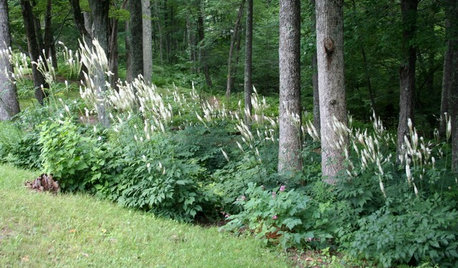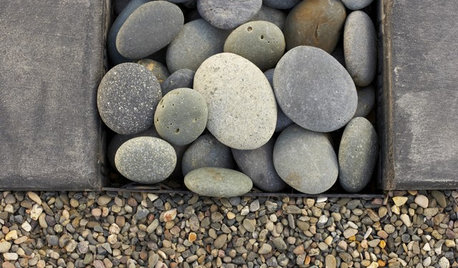What Rooting Hormone is the best?
jstall
14 years ago
Related Stories

HOUSEPLANTSHow to Force Amaryllis Bulbs Indoors
Enjoy vibrant red blossoms even as gardens turn snowy white, by teaching this hardy repeat performer to ignore the calendar
Full Story
FRUIT TREESHow to Grow Your Own Juicy Plums
Easier than other stone fruits and with a variety of colors to choose from, plums are a versatile garden addition
Full Story
HOUSEPLANTSPlay Up Some Fiddleleaf Figs for a Lively Indoor Tune
Strike a dramatic chord in a minimalist scene or a country note in a rustic setting — fiddleleaf fig plants harmonize with any style
Full Story
DECORATING GUIDESSay 'I Do' to Beautiful Wedding Memory Displays
You'll love and cherish these creative vignettes, artwork and more that keep the happiness of your special day at hand
Full Story
GARDENING GUIDESGreat Design Plant: Actaea Racemosa
Elegant flowers top black cohosh in summer woodland gardens
Full Story
GARDENING GUIDESMake Sure You Read This Before Buying New Plants
Follow these 10 plant-selection tips to avoid buyer’s remorse
Full Story
MOST POPULARThe Perfect Houseplant for People Who Kill Houseplants
If you can fill a jar with water, you can keep golden pothos vine happy — and it will pay you back with cleaner air and a greener home
Full Story
HOUSEPLANTSMeet a Houseplant With Excellent Communication Skills
It droops when thirsty, revives quickly and thrives under fluorescents. You may want to hire this hard worker for both home and office
Full Story
LANDSCAPE DESIGNThe Right Stone for Your Garden Design
Gravel, pebble, cobble and paddle: Stones vary in size and shape, and have different uses in the landscape
Full Story
GARDENING AND LANDSCAPINGHow to Make a Pond
You can make an outdoor fish paradise of your own, for less than you might think. But you'll need this expert design wisdom
Full StoryMore Discussions






botanicalbill
jstallOriginal Author
Related Professionals
West Milford Landscape Architects & Landscape Designers · Waunakee Landscape Architects & Landscape Designers · Medford Landscape Contractors · Westwood Landscape Contractors · Hilo Landscape Contractors · Pleasanton Landscape Contractors · Tigard Landscape Contractors · Whittier Landscape Contractors · Diamond Bar Decks, Patios & Outdoor Enclosures · Surfside Decks, Patios & Outdoor Enclosures · Green Valley Fence Contractors · Northbrook Fence Contractors · Park Ridge Fence Contractors · Whitman Fence Contractors · Goleta Fence Contractorstapla (mid-Michigan, USDA z5b-6a)
botanicalbill
tapla (mid-Michigan, USDA z5b-6a)
oxankle
botanicalbill
tapla (mid-Michigan, USDA z5b-6a)
jstallOriginal Author